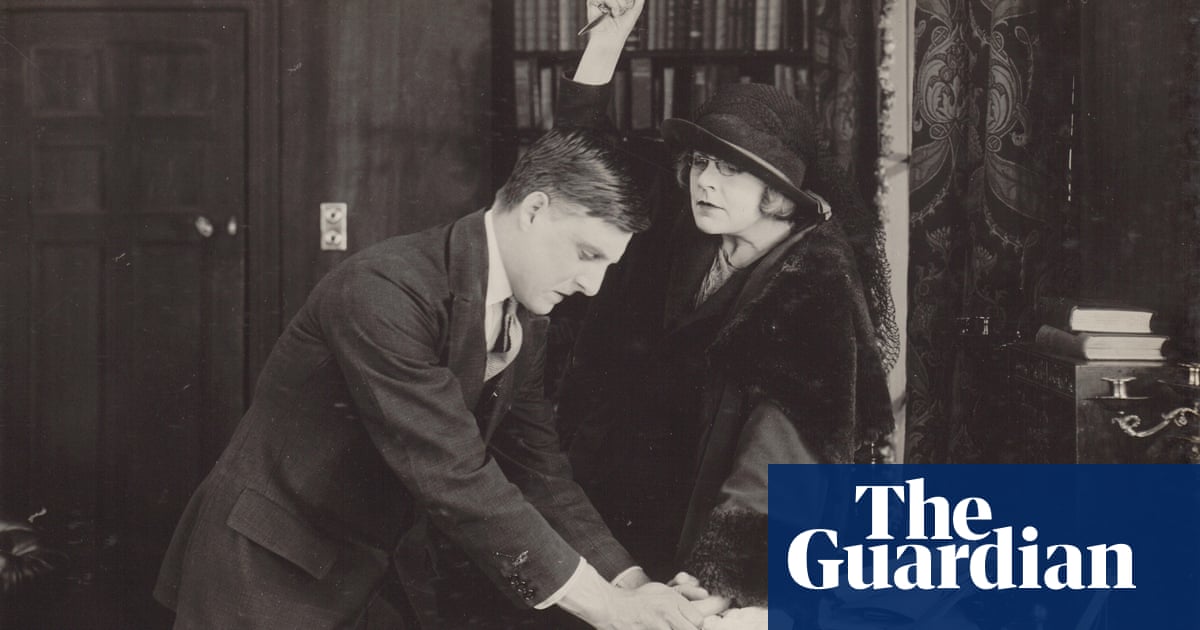A silent Sherlock Holmes film starring Eille Norwood, Arthur Conan Doyle’s favourite impersonator of the famous detective, will be shown for the first time since its release in 1922, following an extensive restoration by the BFI National Archives.
The film, entitled “The Golden Pince-nez,” is a classic case of Holmes’ investigative skills and is based on a short story by Conan Doyle, first published in the Strand magazine in 1904.
This was one of numerous film adaptations in which Norwood played the master detective who discovers the truth from the smallest clues.
Conan Doyle said of him: “His wonderful portrayal of Holmes astonished me. Norwood had that rare quality which can only be described as glamour, which compels one to watch an actor with rapt attention even when he is doing nothing. He has a quite unparalleled ability for disguise.”
The world premiere of the restoration will take place on October 16th as part of the BFI London Film Festival.
Bryony Dixon, the silent film curator at the BFI National Archive, told the Guardian that Norwood even discussed the role with Conan Doyle and that, although later celebrated performers included Basil Rathbone and Jeremy Brett, Norwood was a serious stage actor who threw himself fully into the role. “I think he was a bit ‘methodical’ in his approach and really studied the stories and the character.”
She described the film “Golden Pince-Nez” as “quite close” to Conan Doyle’s original, as his stories were licensed to Stoll Pictures on the condition that the film adaptations would follow his plots.
“Holmes has to use his classic deductive skills,” Dixon said. “(In) a complicated conspiracy… a professor’s secretary has been murdered and Holmes is called in. They have found a pair of women’s pince-nez (clutching the victim) and he deduces her exact description from the glasses alone.”
In the original story, Holmes immediately concludes that the glasses “were torn from the murderer’s face or body,” adding, “That they belong to a woman I infer from their delicacy… My own face is narrow, and yet I find that I cannot bring my eyes to the middle, or near the middle, of these spectacles. Hence the lady’s eyes are set very close to the sides of the nose.”
“The Golden Pince-nez” was one of 45 episodes – each lasting up to 30 minutes – that Norwood shot between 1921 and 1923, as well as two feature films.
The premiere will feature two other restored episodes – “A Scandal in Bohemia”, in which Holmes falls in love with a woman, and “The Final Problem”, in which Holmes meets his arch-enemy Moriarty.
These are the first titles in the BFI’s “mammoth, multi-year restoration project,” Dixon said, noting that Norwood’s films were well received by the millions of viewers who flocked to cinemas at the time. “It was more like our television, culturally,” she said.
The BFI’s national archive has the world’s largest film and television holdings. The original negatives of the Holmes series were acquired in 1938, and in the early 1950s the double-reel negatives of The Golden Pince-nez were copied as safety material before the original rotted away.
“The quality is as good as it gets,” Dixon said of the restoration, adding that it comes very close to the audience’s original perception.
Roger Johnson, editor of the Sherlock Holmes Journal, said: “I am very much looking forward to the restored edition of The Golden Pince-nez. What must have impressed Conan Doyle about Norwood was the devotion he showed to his acting. He had obviously become very familiar with the original stories.
“Conan Doyle said he was an absolute master of disguise, and there are photographs of Norwood in convincing disguise. You can see why his Watson (played by Hubert Willis) is astonished to find Holmes hiding underneath. It was the way he carried himself. It’s all well and good to wear different clothes and put on a false nose, but to imitate the movements, the posture – that was more convincing than anything else. It impressed Conan Doyle.”
The premiere will take place at Alexandra Palace as part of a new partnership between the BFI and the Royal Academy of Music, with a specially commissioned live score.
The restoration project was made possible by an agreement between the BFI and Andrew Lloyd Webber’s The Really Useful Group.

